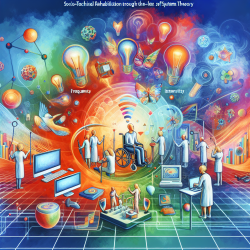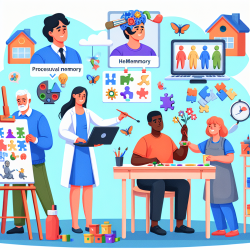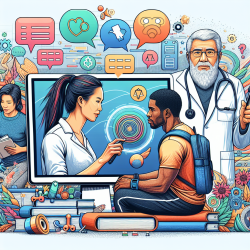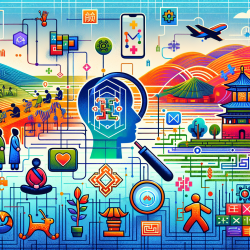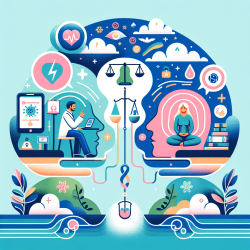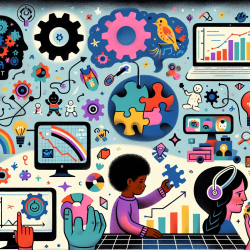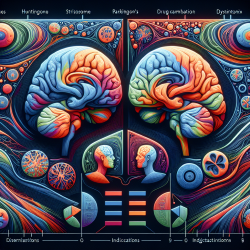As a practitioner focused on data-driven decisions, it is essential to understand how telerehabilitation (TR) can be optimized to create great outcomes for children. A recent study titled "Telerehabilitation in the Finnish Outpatient Rehabilitation Setting from the Perspective of the Socio-Technical Systems Theory" offers valuable insights into this topic. This blog will explore the study's findings and how you can implement these outcomes to enhance your practice.
Understanding the Socio-Technical Systems Theory
The socio-technical systems theory provides a comprehensive framework to understand TR by considering the interactions between individuals, tasks, technology, and the environment. This approach is crucial for creating a holistic understanding of how TR can be effectively implemented in outpatient rehabilitation settings.
Key Findings from the Study
- Everyday-Life Centered: TR should be integrated into the client's everyday life. This approach allows therapy to become a natural part of daily routines, making it more effective and relevant.
- Shared Participation: The involvement of a supportive person, such as a family member, is crucial. This person can assist with the technology and help maintain engagement during therapy sessions.
- Coaching and Collaboration: The focus of TR should shift towards coaching the client and their close associates. This collaborative approach enhances the overall effectiveness of the therapy.
Practical Implementation Tips
- Integrate TR into Daily Routines: Encourage clients to incorporate therapy activities into their everyday lives. This can be achieved by setting goals that are closely tied to daily tasks.
- Involve Supportive Persons: Train family members or caregivers to assist during TR sessions. Their involvement can significantly enhance the client's engagement and the overall effectiveness of the therapy.
- Focus on Coaching: Shift your role from a direct therapist to a coach. Guide clients and their close associates on how to perform exercises and activities independently.
Challenges and Considerations
While TR offers numerous benefits, it also presents challenges. Technical issues, such as poor internet connectivity or inadequate equipment, can hinder the effectiveness of TR. Additionally, not all therapy activities can be easily adapted to a remote format. Therefore, it is essential to carefully select the activities and exercises that are most suitable for TR.
Encouraging Further Research
Understanding the socio-technical dimensions of TR is crucial for its successful implementation. Practitioners are encouraged to engage in further research to explore how different factors, such as the client's environment and the specific therapy tasks, influence the effectiveness of TR. By doing so, we can continue to improve the outcomes of TR for children and other clients.
To read the original research paper, please follow this link: Telerehabilitation in the Finnish Outpatient Rehabilitation Setting from the Perspective of the Socio-Technical Systems Theory.
